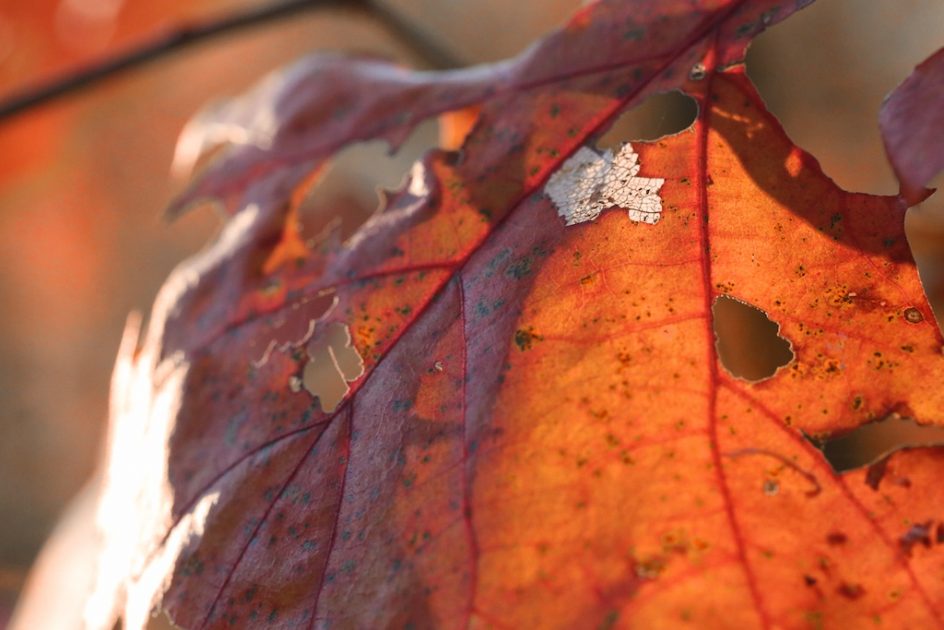
Modern medicine and science have combined to alter the length and quality of human life. People live longer and better than they have at any other time in history, even as so many people claim things have never been worse. But these advances come at a price, as they almost always do. Aging and dying have become primarily medical experiences, measured and managed and dominated by government bureaucrats and health care professionals.
The medical community seems overwhelmed by its own options, tools and practices. They seem utterly unprepared for the awesome responsibilities they now bear.
This reality, this new and profoundly unsatisfying way of dying is largely hidden from view, as death becomes less and less familiar to most people. Americans die in hospitals and nursing homes, not in their own homes with their families. Unless we are first responders or hospice workers or nurses, we never see people die or consider how it is that they die. As recently as 1945, writes Atul Gawande author of Being Mortal., most deaths occurred in the home. By the 1980’s just 17 per cent did.
Those who did die at home were likely to die of heart attacks, strokes or violent injury, or lived in rural areas too far from hospitals that could provide help. Across the United States and much of the developed world, the experience of advanced aging and death has shifted to hospitals and nursing homes. And the rest of us don’t have to see it, watch it, or think much about it.
Working with Red in nursing homes, assisted care facilities and hospice units, I often have the sense we are entering an unseen world where overworked and underpaid staff members labor to offer the warmth and connection and concern that is too often vanishing from the lives of the people they serve.
Yesterday, walking in the woods, I encountered the most beautiful red leaf, a maple, I believe, saying it’s last goodbye, still hanging on a limb, but only by a thread. It is windy today, I imagine it will be gone by tomorrow, joining it’s brothers and sisters on the forest floor. The leave tells a story – of life and death, of time and color, it has been permitted to age and die with grace. When it begins to die, it turns a beautiful color, it offers us a last gift, a last dance, a dignified goodbye.
And then it falls, moving along the chain of life, food for the very soil on which we walk, for the trees that feed from the soil. It’s last days are glorious, dignified, beautiful. And yes, sad.
I thought, this is what being mortal is all about, this, is a lesson for me. When I age, to offer color and light to the world, to drop gracefully and without drama back into the earth, back to the cycle of life. Leaves don’t have to consider human practices – medicine, insurance, laws and bureaucrats – but I do.
The leaves inspire me, they show me the way.
